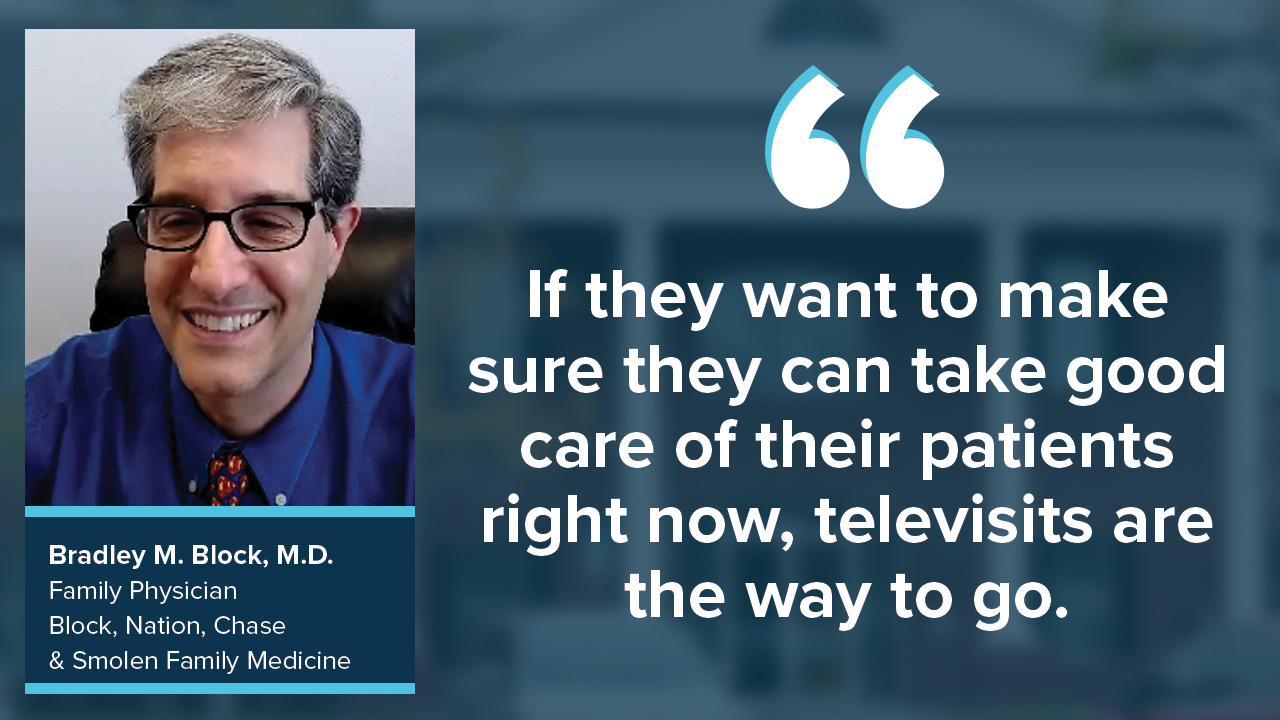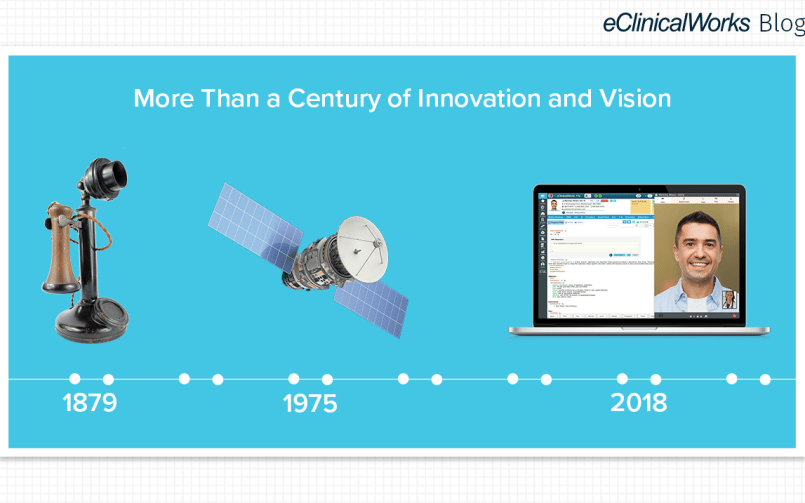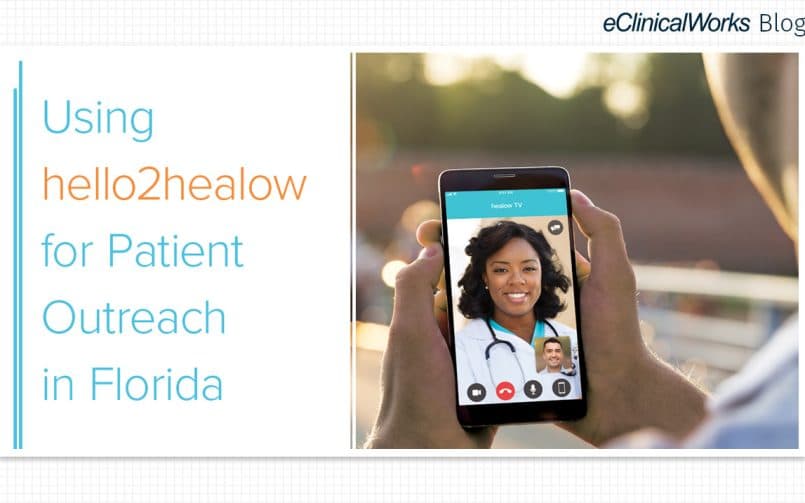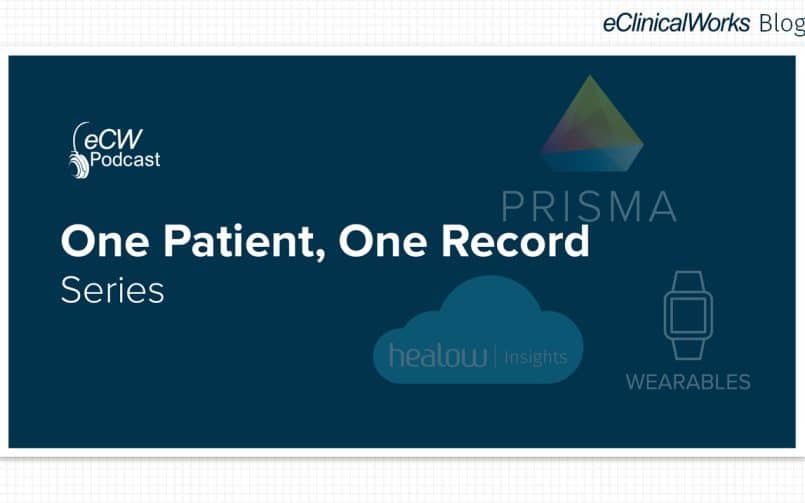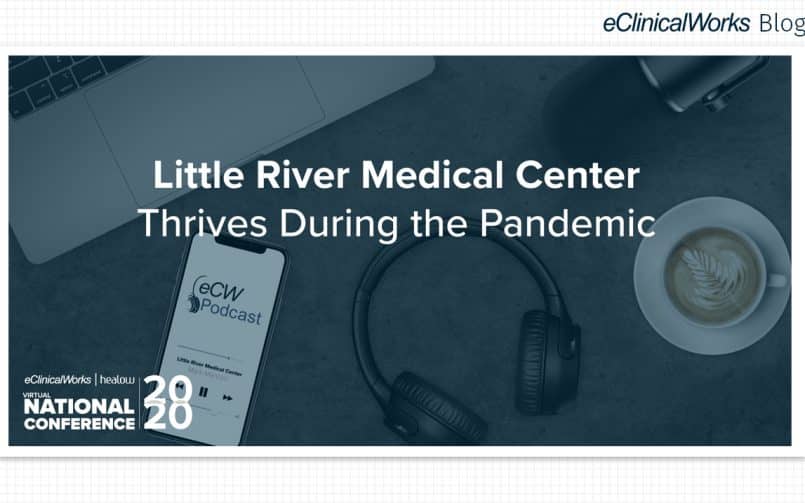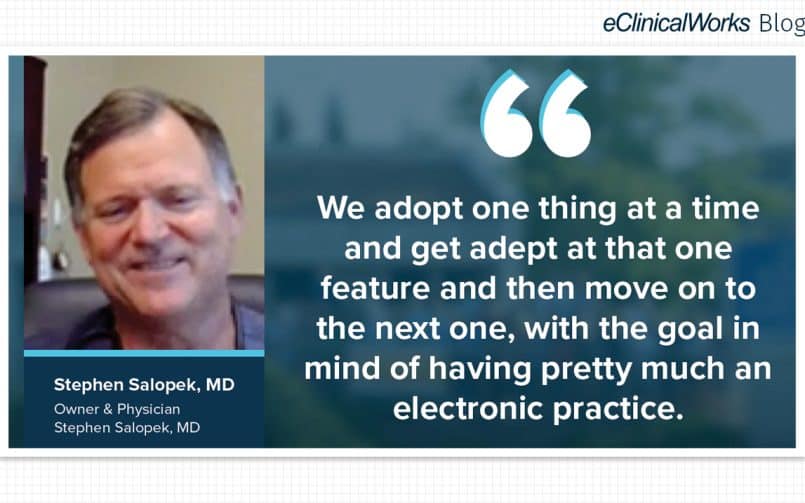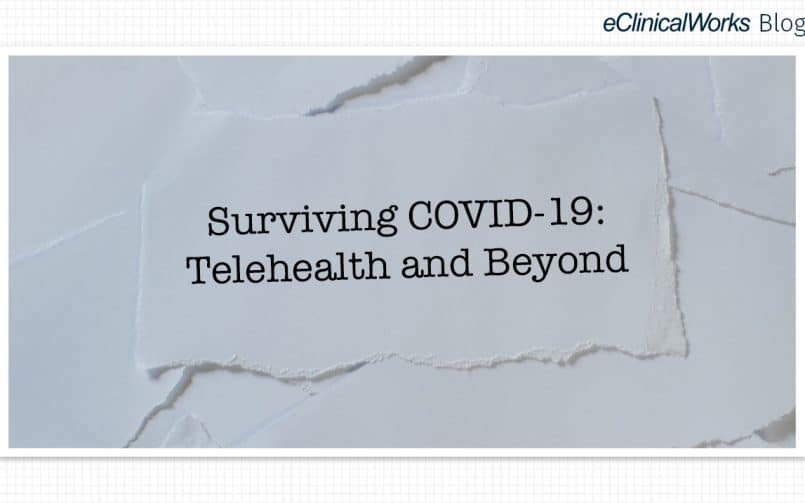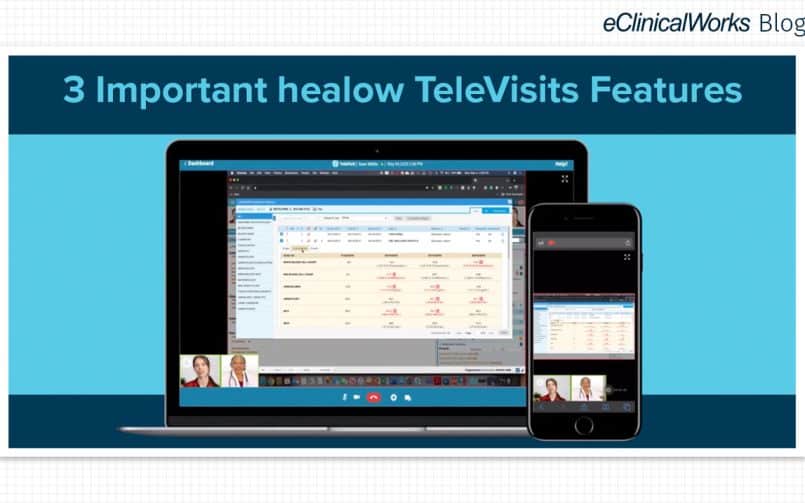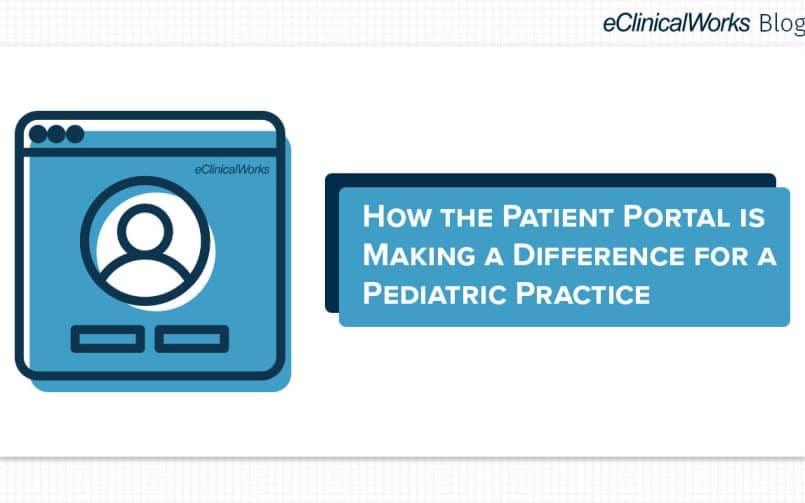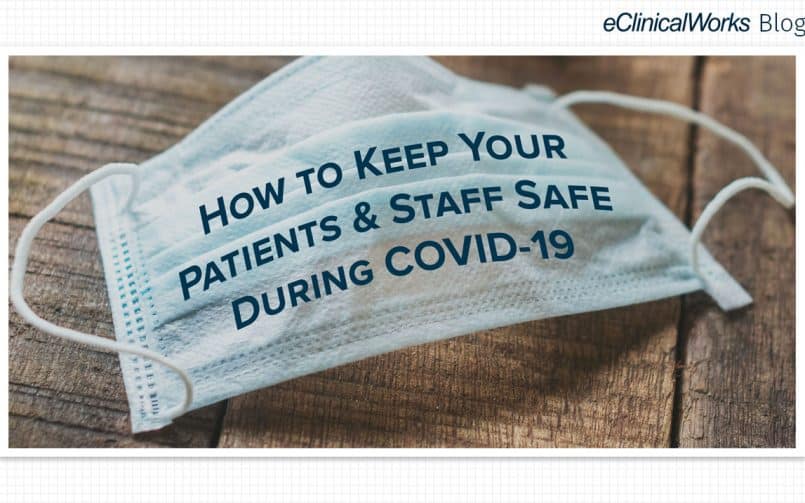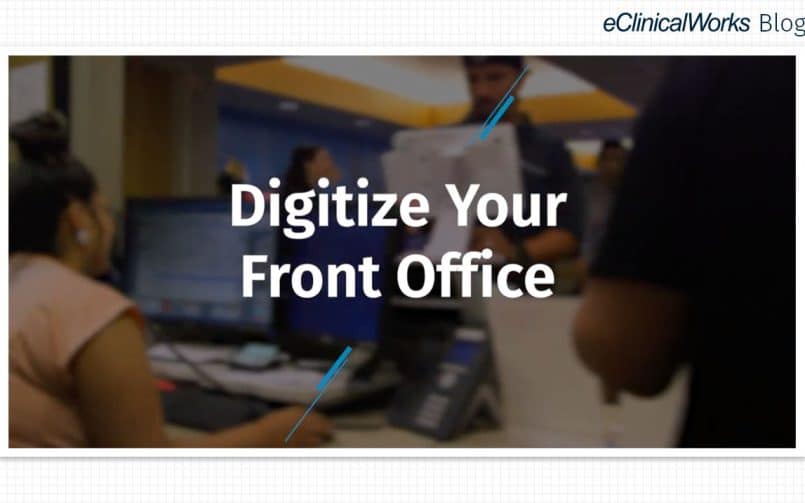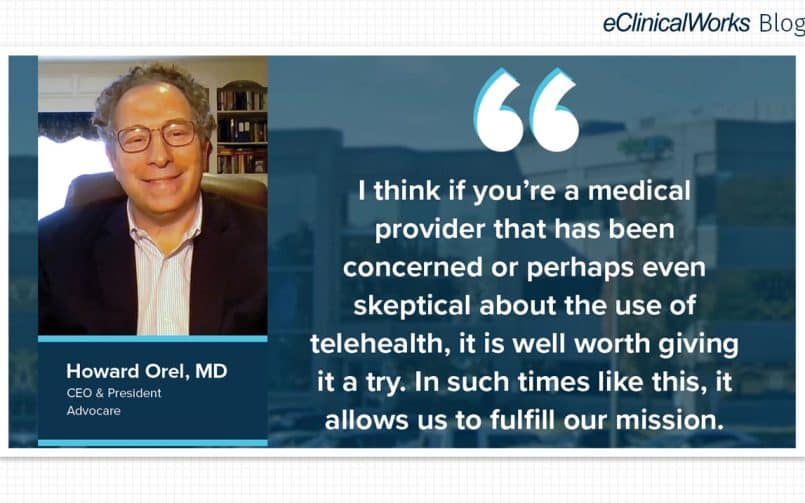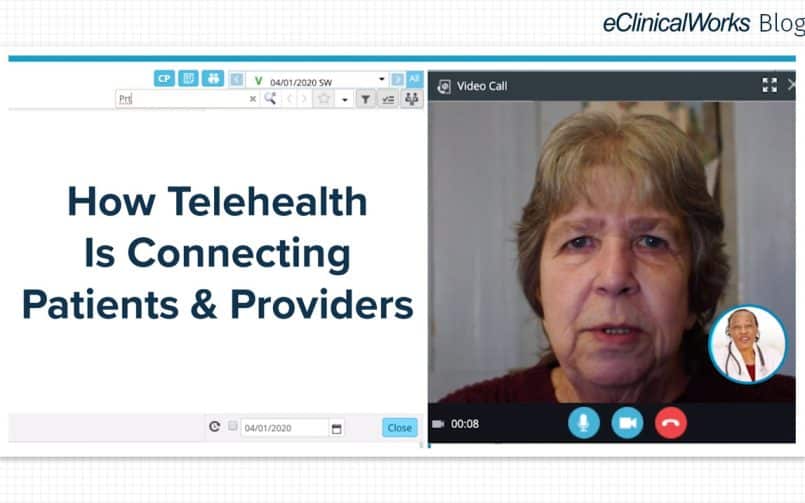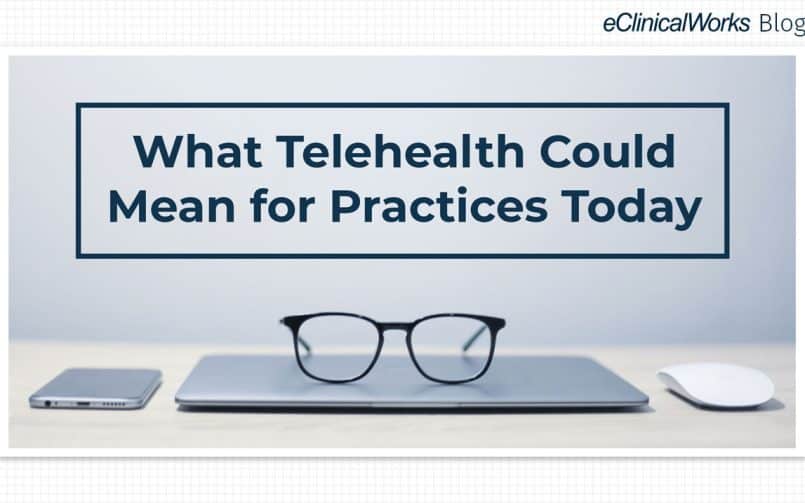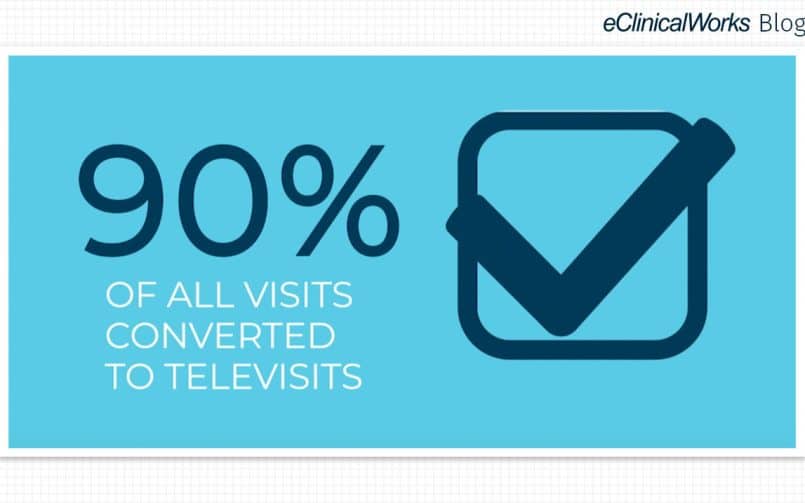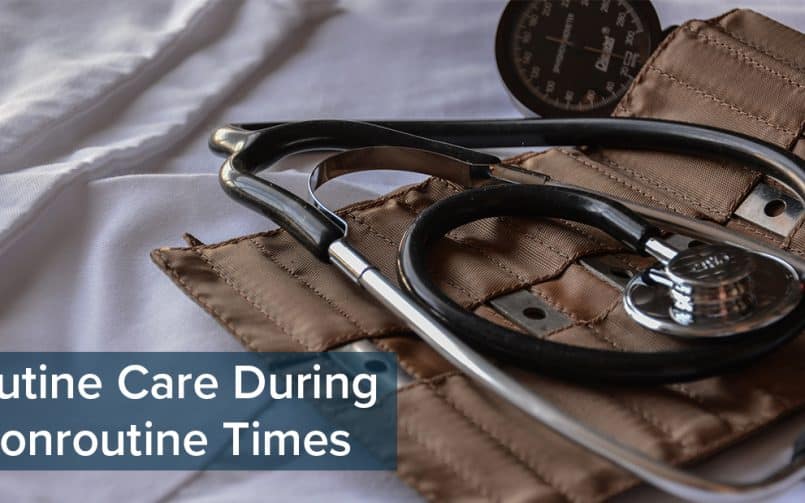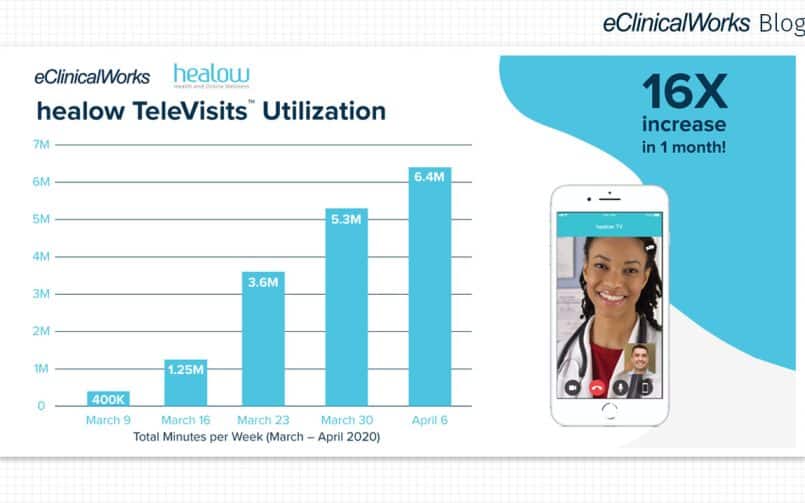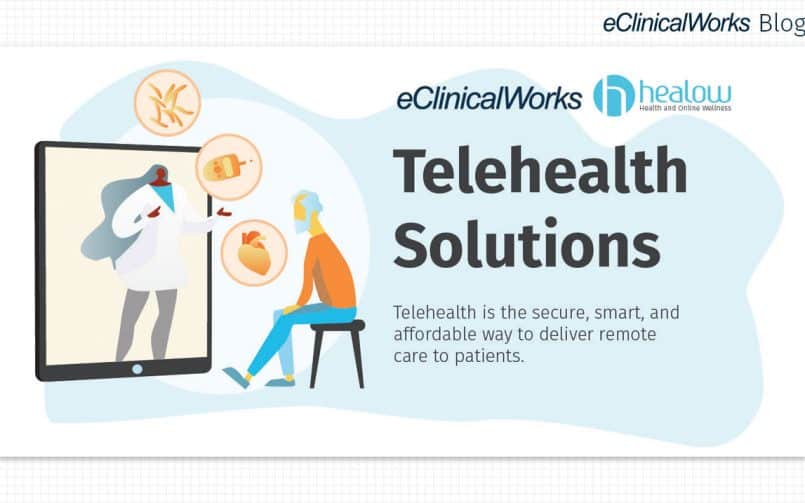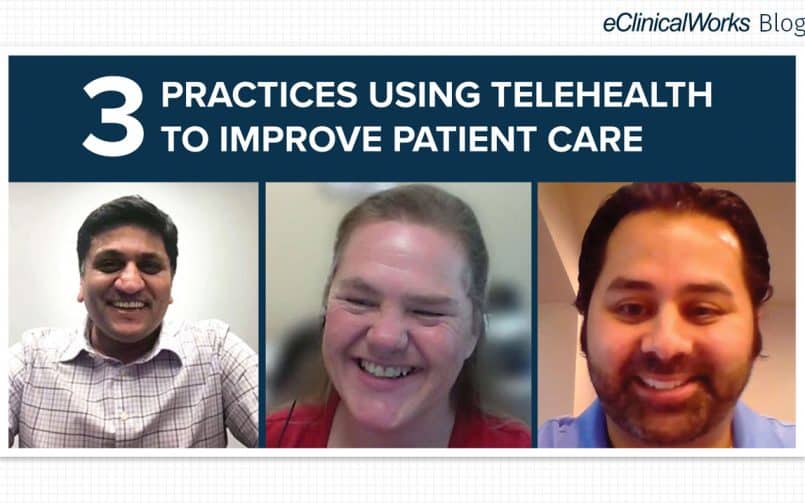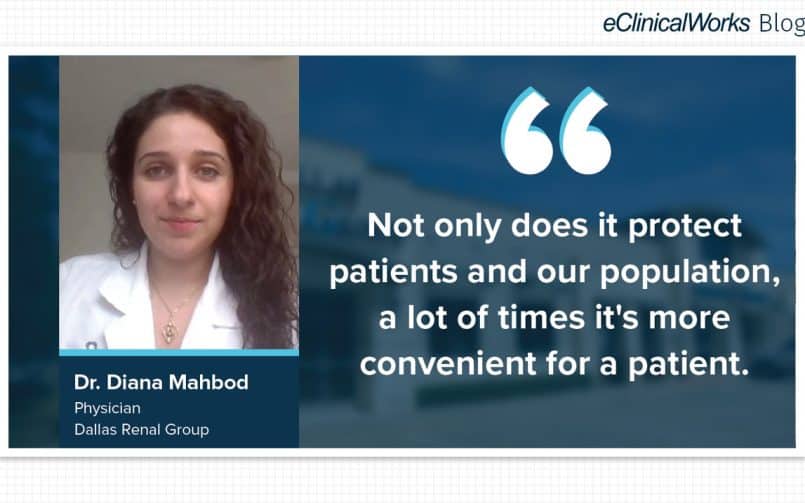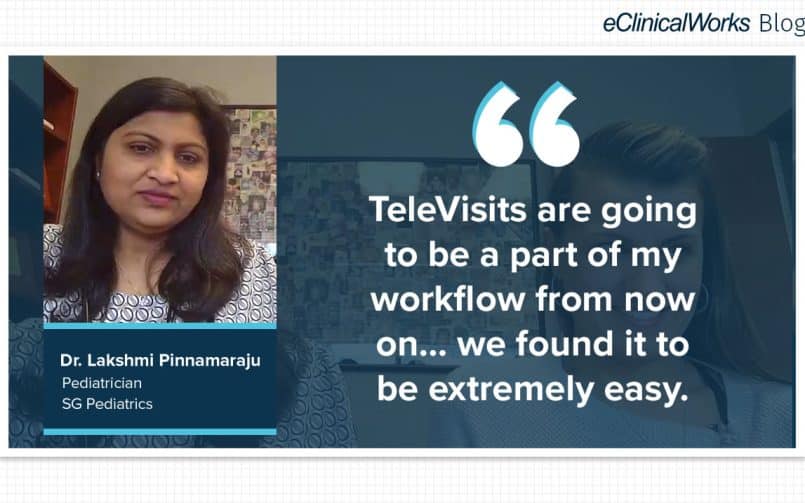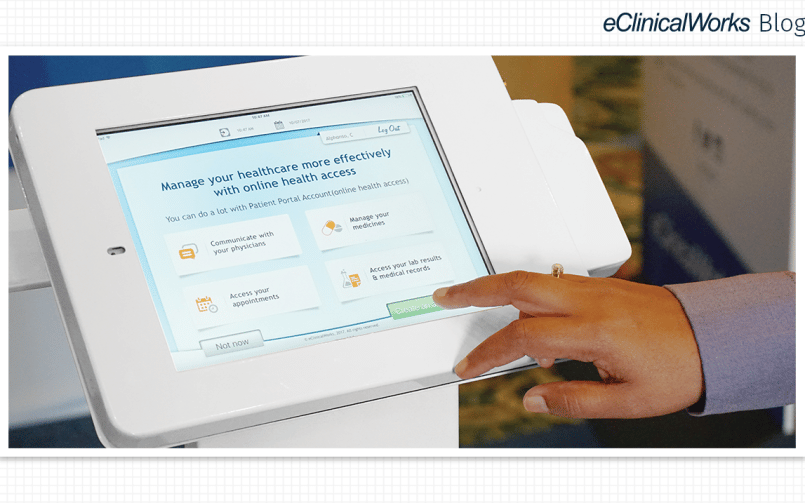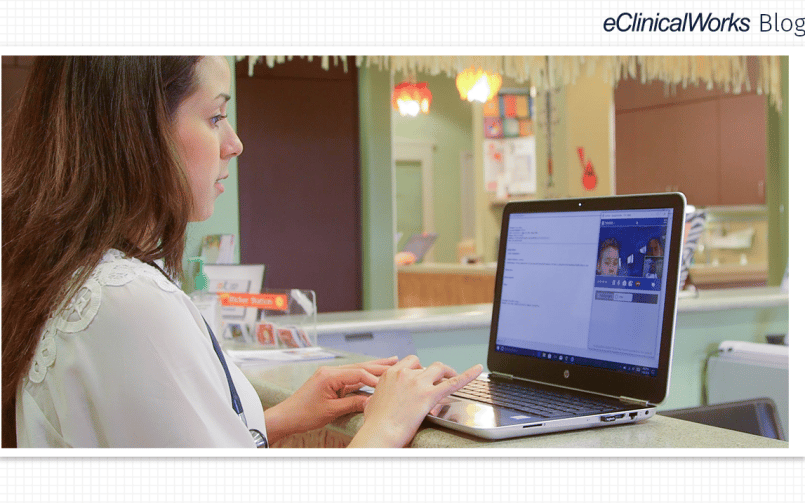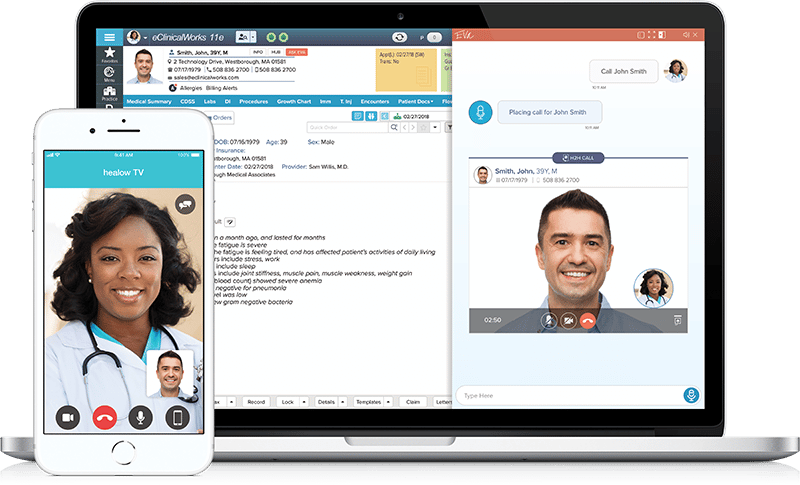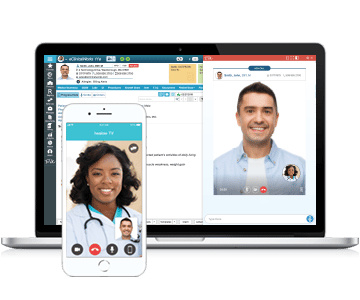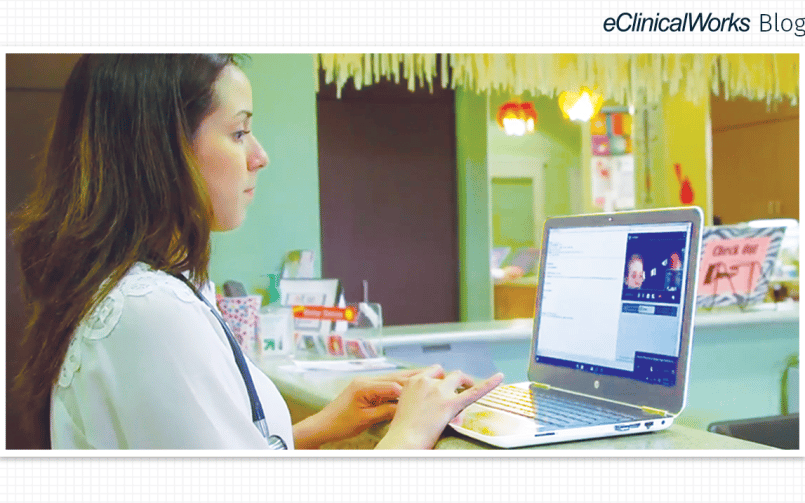Sustaining Medical Practice During COVID-19
- 1 May 2020
- Blog
eClinicalWorks

The three-part challenge of a pandemic
For medical practices nationwide, the COVID-19 pandemic has posed a three-part challenge.
- How and to what extent can they manage to stay open for business while protecting the health of providers and staff?
- How do they continue to serve patients when so many of them are apprehensive about making a physical office visit?
- If a practice does find a way to continue operations, how can they make sure patient volume and insurance claims will be enough to support the practice financially?
Nearly two months into the crisis, many practices have found at least a partial answer to this three-part puzzle in telehealth.
Finding a way in Orlando
Dr. Bradley Block, a family physician in Orlando, Florida, who has worked with eClinicalWorks since 1997, said he and his colleagues realized in early March that they would need to get up and running with healow TeleVisits™ as soon as possible.
Within a week, the entire staff was up and running with telehealth. They added information about televisits to their website, and posted both written step-by-step instructions and an instructional video for their patients.
On average, Dr. Block said, about 75% of his practice’s visits have been televisits.
“We still have some people who want to come in, get lab work, vaccines, things they have to have done in person,” said. “But most are happy to stay home.”
Indeed, as Dr. Block noted, the last thing a practice wants to do during this crisis is to bring someone to the office who is sick and might spread illness to others. Telehealth visits can be used to assess patients’ symptoms, and then direct them to seek urgent or hospital care if necessary.
And in some cases, it is simply impossible to meet in person with a patient. Recently, Dr. Block conferred with a patient who is teaching English in Japan, and was able to confirm that she was recovering from COVID-19 with no complications.
Telehealth as an antidote to lower volumes
An April 22 survey by Conceptual MindWorks, Inc., tabulated 270 responses from medical practices of all specialties from around the country, and offered a mixed picture. On the one hand, nearly a quarter of practices — 23% — reported that they were closed. On the positive side, 85% reported that they had increased their use of telehealth services.
The growth of healow TeleVisits since early March reflects that surge of interest. The volume of usage has increased by 16-fold in just one month, with 53,000 providers now enabled to use telehealth, and about 1.5 million minutes of usage each business day.
Many practices that used telehealth in a limited role in the past have greatly expanded that role to provide their patients with the services they need. For many, the experience has been so well received — both by doctors and patients — that they intend to continue using telehealth after the COVID-19 pandemic recedes.
Serving patients = sustaining practice
“It’s keeping up the billings and the cashflow for the practice,” Dr. Block said. “Otherwise, we wouldn’t be busy either, just like lots of other businesses.”
For Dr. Satheesh Joseph of Brookhaven Health PLLC in Patchogue, NY, healow TeleVisits have been a vital tool for keeping the practice going, enabling him and his colleagues to conduct about 15% to 20% of their visits online.
The introduction of a text message link that the practice can send to patients will help improve those numbers further, he said.
“This has helped us to stay in practice, frankly,” Dr. Joseph said, adding that telehealth appointments are billed using the same CPT codes as a regular office visit.
“Every practice should adopt televisits,” Dr. Block said. “If they want to stay busy, if they want to have income flowing to the practice, if they want to make sure they can take good care of their patients right now, televisits are the way to go.”




